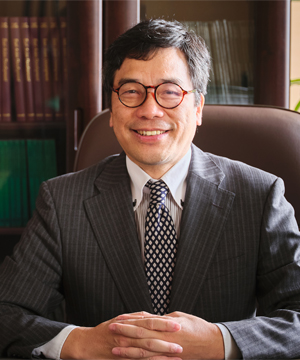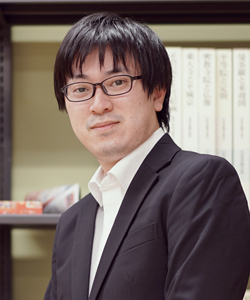Research Division
RESEARCH GROUPⅢ
Urban Policies for Revitalization of Kitakyushu
This group conducts research on the revitalization of Kitakyushu City, focusing on the construction of transportation infrastructure, environmental businesses, and sustainable urban development. To this end, the group refers to successful examples of urban and regional revitalization both domestically and internationally, and puts forward policy proposals based on research findings.
| Group Leader | DAI Erbiao |
|---|---|
| Member | KOMATSU Sho |
| PENG Xue(Concurrent Positon) |
Research Projects for FY2025

Changes in the spatial structure of Taiwan’s outward FDI and its economic impacts on the surrounding countries (regions)
Staff:DAI Erbiao
Professor, Director of Research Division
In recent years, significant attention has been given to the changing spatial structure of the outward foreign direct investment (FDI) from Taiwan, which hosts a world-class semiconductor industry. Examining the distribution of Taiwan’s outward FDI by country or region, Mainland China consistently ranked first over the past 30 years from 1993 to 2022. However, while investment in Mainland China accounted for over 80% at its peak in 2010, its share has been on a downward trend, declining to 11.4% in 2023. In contrast, investment shares in the United States, ASEAN, Europe, Japan, and other regions have expanded significantly.
Following research conducted in the 2024 fiscal year, this study will continue to focus on changes in the spatial structure of Taiwan’s outward FDI. It will analyze trends and influencing factors from three key perspectives: (1) changes in the international political environment in the Trump 2.0 era, (2) Taiwan’s New Southbound Policy under the Democratic Progressive Party (DPP) authority, and (3) the investment environment in major recipient countries. Additionally, this study will place particular emphasis on assessing the economic impact of these changes on surrounding countries and regions, particularly Kyushu.

Does regional DX improve regional and individual well-being? Evidence from pilot policies and survey of municipalities in Japan
Staff:KOMATSU Sho
Assistant Professor
This study empirically examines whether regional DX in Japan improves regional and individual wellbeing, and if so, what the mechanism is. Regional DX in this study will be evaluated using a pilot policy (survey on Regional DX Promotion Lab) as a quasi-natural experiment and a questionnaire survey in municipalities (AI and RPA demonstration experiment and introduction). Two specific researches will focus on (1) whether regional DX in Japan improves regional well-being (analysis at the prefectural or municipal level) and (2) whether regional DX in Japan improves individual life satisfaction (analysis at the individual level). Regarding (1), this study also analyzes subjective and objective indicators based on the fact that the Regional Well-being Index consists of four categories that measure the level of happiness and life satisfaction in a region and three factor groups (living environment, local relationships, and personal way of life). Regarding (2), individual life satisfaction will be measured in terms of overall life satisfaction, and analysis will also be conducted using life satisfaction by category.
